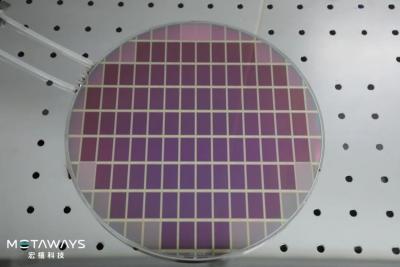Researchers design new hole transport materials and processes to enable the production of 10,000 PPI OLED microdisplays
Researchers from Korea's Hanyang University, Yonsei University, and Sogang University have jointly developed new hole transport materials and processes that enable the fabrication of ultra high definition OLED microdisplays - achieving over 10,000 PPI.
The researchers explain that one of the problems with ultra-high-density OLED displays is that as the distance between pixels approaches the micrometer level, electrical signal interference which leads to light leakage from closeby pixels and a decrease in color fidelity. This leakage between subpixels occurs because the hole transport layer that facilitates the movement of holes is shared among the pixels that form the display.











